Let’s face it: studying can be a challenge. It’s an art that requires focus, discipline, and the right techniques. But what if there were methods to make studying more effective and less tedious? Welcome to the world of active study strategies.
Active Study Strategies
Evolving from traditional learning methods, active study strategies advocate for a more interactive experience. These tools of learning transformation make studying more effective and engaging.

Active learning, by its purest definition, involves students actively engaging in the learning process. Instead of simply absorbing information from lectures, textbooks, or online resources, students take a hands-on approach. Examples include participating in discussions, solving problems, and creating concept maps. The role of a learner changes from being a Passive recipient of knowledge to an Active contributor in their learning journey.
Active studying proves effective because it’s not merely about memorization, but understanding and applying knowledge. For instance, instead of rote learning historical dates, active learners understand the events surrounding those dates. This type of learning leads to better retention, as the information has relevance and meaning in the learner’s mind. Additionally, individuals who practice active studying are less prone to distractions, as their involvement in the learning process keeps them attentive and focused.
Implementing Active Study Strategies

Planning study time is crucial to the implementation of active study strategies. Students and professionals demonstrate improved comprehension and retention by allotting specific time to study. Regular, pre-planned schedule boosts motivation, reducing the risk of procrastination. For example, dedicating 1-2 hour blocks throughout the day for focused study fosters a habit of active learning.
A conducive environment enhances the effectiveness of active study strategies. Various factors contribute to a productive study space, catering to different individual needs. For instance, organizing a clean, clutter-free desk promotes concentration, while choosing a quiet, well-lit area minimizes distractions. Including relevant study aids such as course textbooks, reference materials, and digital resources ensures the required information is accessible, aiding in comprehension and application of knowledge.
The Impact of Active Study Strategies on Academic Performance
Building on the understanding of active study strategies, this part zeroes in on the measurable impacts of these learning techniques. Attention is specifically paid to their influence on academic performance, backed by empirical evidence and highlighted through real-life success stories.

Validating the potency of active study strategies, many pedagogical studies confirm the benefits in academic settings. According to a study in the Proceedings of the National Academy of Sciences, students in classes that utilized active learning strategies demonstrated a 6% improvement in passing rates compared to traditional lecture classes. They also scored 12% higher in normalized exams. This not only corroborates the efficacy but also underlines the potent role of active learning in improving academic performance.
Real-world examples further underline the impact of active study strategies. Take the case of Caltech, where instructors implemented active learning methods in introductory physics courses. Notably, the class average rose by 10% over the span of three years, demonstrating sustained improvement. Meanwhile, McMaster University used active learning methods in its health sciences program, leading to students’ greater understanding, retention, and application of knowledge in real-life situations. These tangible examples highlight how institutions stand to gain by integrating active learning strategies into their teaching approach. By prioritizing interactive education, they foster an academic environment ripe for knowledge absorption and application.
Well-Organized Study
Active study strategies have proven their worth in transforming the learning experience. They’ve shifted the paradigm from passive to interactive, making studying not just about memorization but understanding and application. It’s clear that these techniques require effort and conscious participation, but the results are worth it. A well-organized study schedule and a productive environment can significantly improve comprehension and retention. The impact on academic performance is undeniable, with increased passing rates and exam scores. Real-world success stories from places like Caltech and McMaster University further validate the effectiveness of active learning. It’s time to embrace these strategies, fostering an environment that truly promotes knowledge absorption and application.

